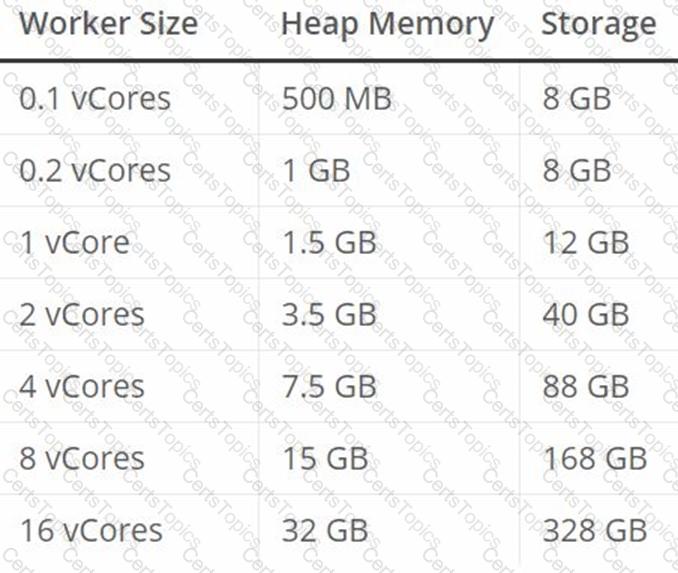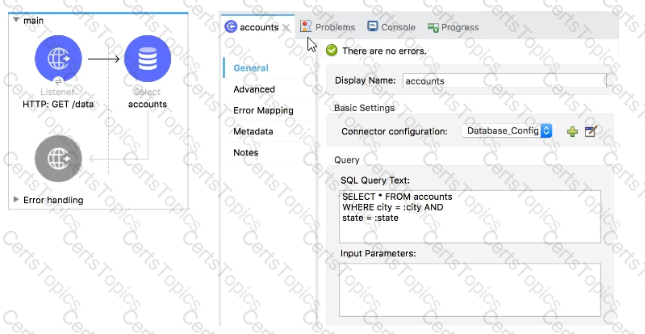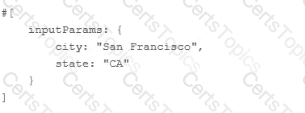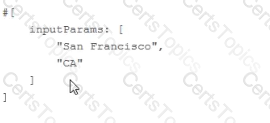MuleSoft MCD-Level-1 Exam With Confidence Using Practice Dumps

MCD-Level-1: MuleSoft Certified Developer Exam 2025 Study Guide Pdf and Test Engine
Are you worried about passing the MuleSoft MCD-Level-1 (MuleSoft Certified Developer - Level 1 (Mule 4)) exam? Download the most recent MuleSoft MCD-Level-1 braindumps with answers that are 100% real. After downloading the MuleSoft MCD-Level-1 exam dumps training , you can receive 99 days of free updates, making this website one of the best options to save additional money. In order to help you prepare for the MuleSoft MCD-Level-1 exam questions and verified answers by IT certified experts, CertsTopics has put together a complete collection of dumps questions and answers. To help you prepare and pass the MuleSoft MCD-Level-1 exam on your first attempt, we have compiled actual exam questions and their answers.
Our (MuleSoft Certified Developer - Level 1 (Mule 4)) Study Materials are designed to meet the needs of thousands of candidates globally. A free sample of the CompTIA MCD-Level-1 test is available at CertsTopics. Before purchasing it, you can also see the MuleSoft MCD-Level-1 practice exam demo.

 Table
Description automatically generated
Table
Description automatically generated




